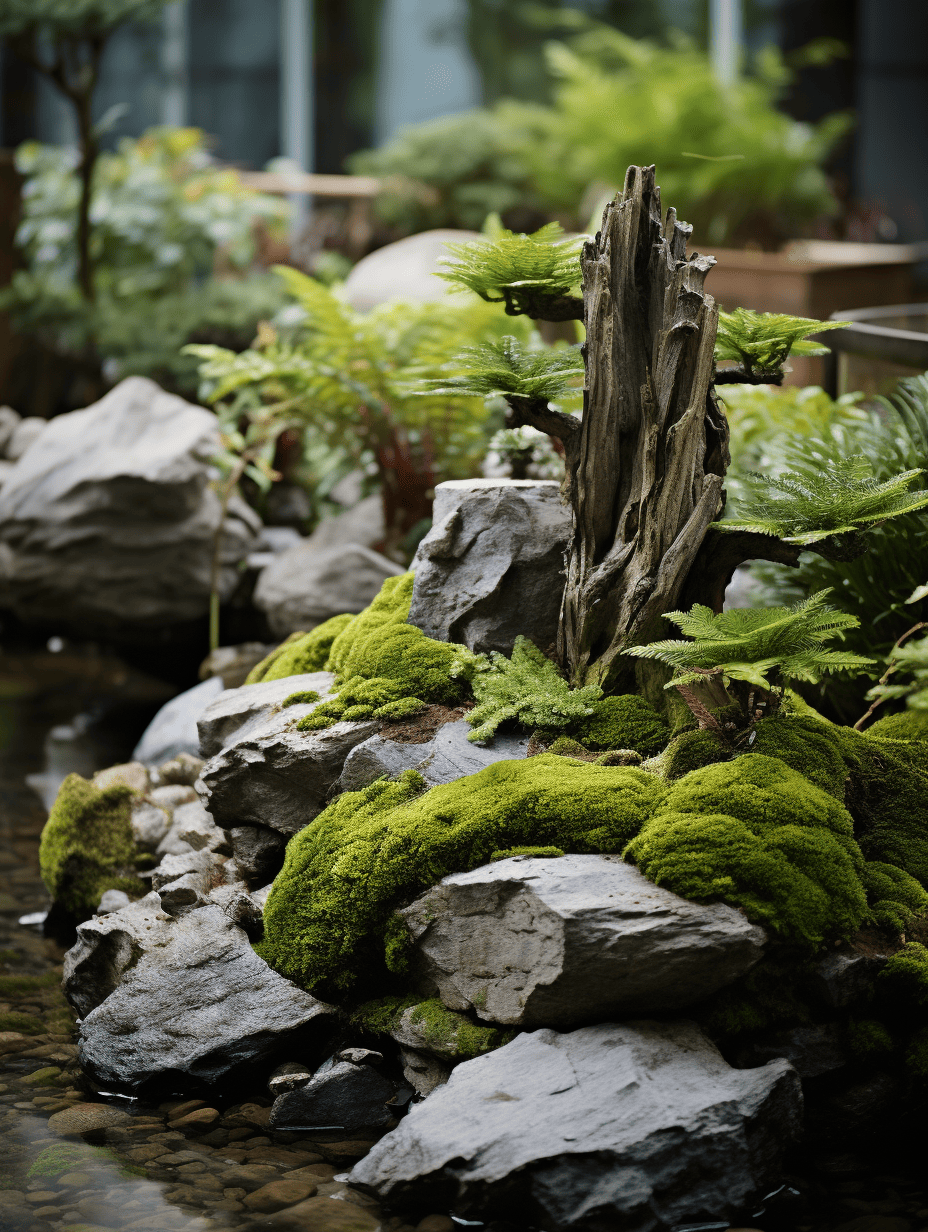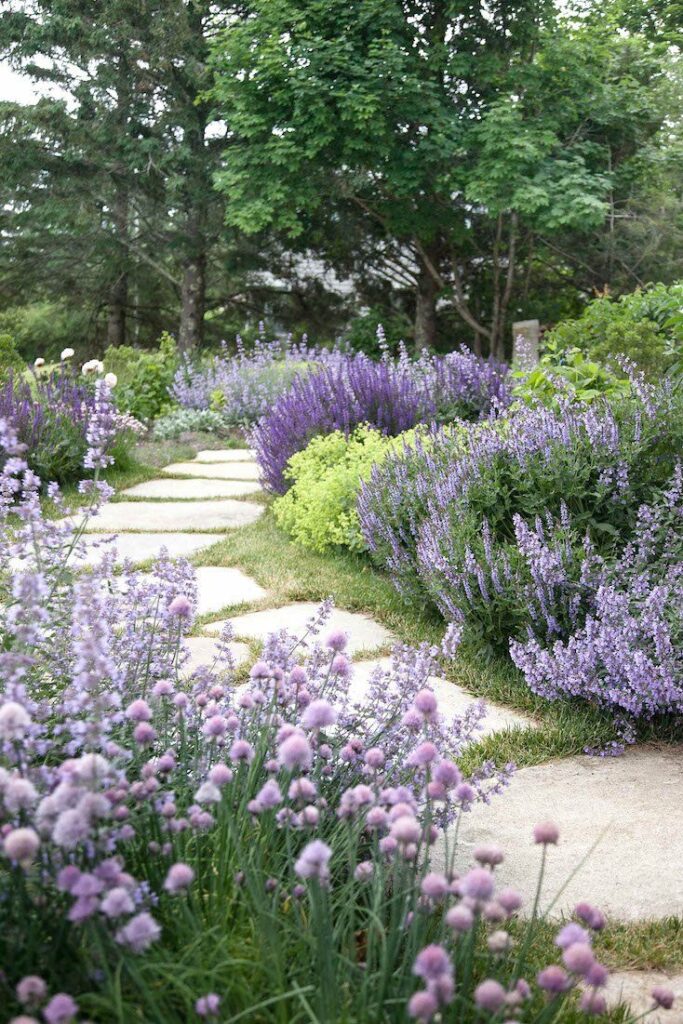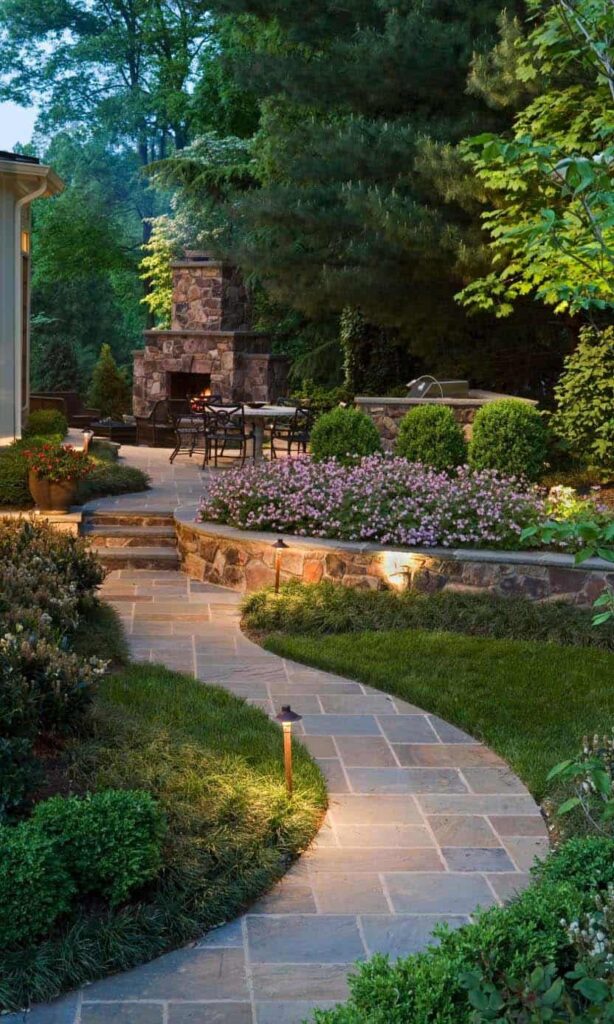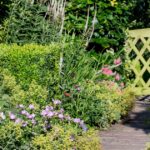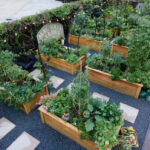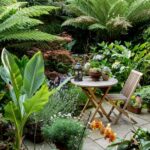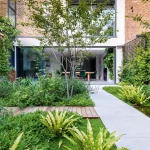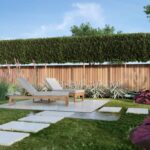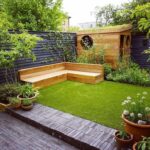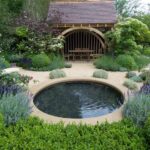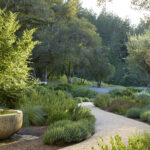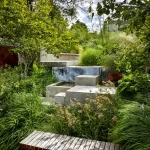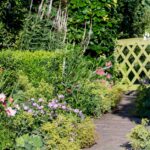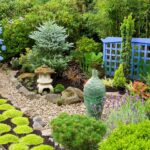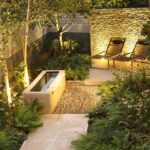Garden design is a crucial aspect of creating a beautiful and functional outdoor space. A well-designed garden can enhance the overall look and feel of a property, adding value and visual appeal. When planning a garden design, it is important to consider factors such as the size and shape of the space, the existing landscape features, and the desired use of the area.
One key element of garden design is selecting the right plants and flowers for the space. Plants should be chosen based on factors such as climate, soil type, and sun exposure. It is also important to consider the height, color, and texture of the plants to create a visually appealing and balanced garden. Mixing different types of plants can add interest and variety to the garden design.
In addition to plants, other elements such as pathways, water features, and outdoor furniture can also enhance the garden design. Pathways can create a sense of flow and guide visitors through the garden, while water features like fountains or ponds can add a peaceful and relaxing ambiance. Outdoor furniture such as benches or tables can provide a place to sit and enjoy the garden, creating a functional and inviting outdoor living space.
When designing a garden, it is also important to consider maintenance requirements. Choosing low-maintenance plants and materials can help reduce the amount of time and effort required to upkeep the garden. Incorporating features such as irrigation systems, mulch, and edging can also help keep the garden looking neat and well-kept with minimal effort.
Overall, garden design is a creative and rewarding process that allows homeowners to express their personal style and create a space that they can enjoy and relax in. By carefully planning and selecting the right plants, features, and materials, a well-designed garden can enhance the beauty and functionality of any outdoor space. Whether creating a small urban garden or a sprawling country estate, good garden design can transform a space into a tranquil and inviting oasis.
